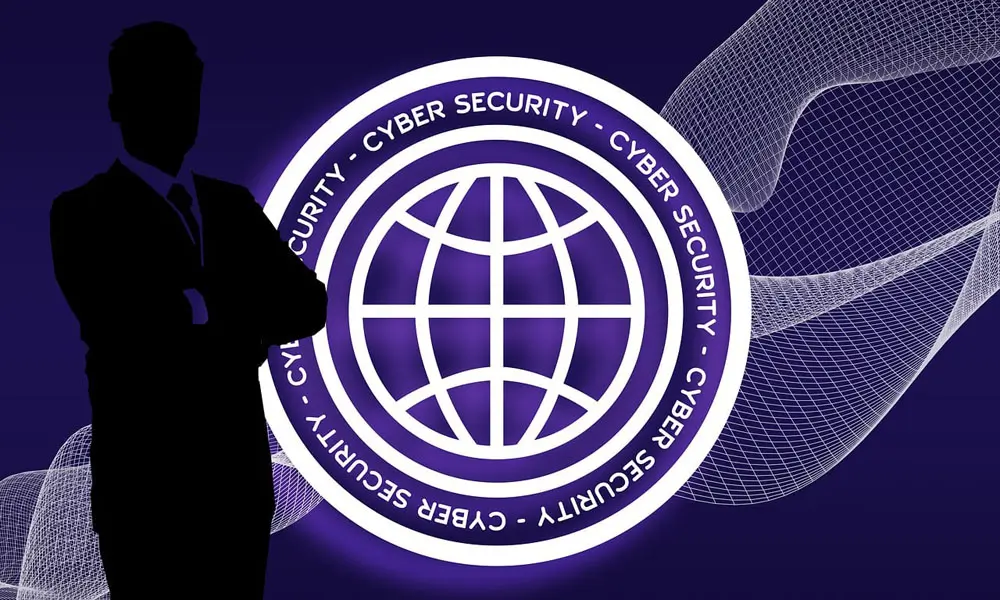Compliance with industry regulatory frameworks like the Cybersecurity Maturity Model Certification (CMMC) is mandatory for businesses that want to sell to the U.S. federal government, such as defense contractors and subcontractors. This requirement is due to increased cybersecurity threats that seek to steal sensitive information by exploiting “weak links” in the supply chain.
CMMC ensures that sensitive data, such as that classified as Controlled Unclassified Information (CUI), is safeguarded against cyber threats that pose a danger to accessing and working with sensitive data. One of the most effective tools for adhering to CMMC compliance is the use of virtual workspaces, such as virtual desktop solutions (also known as VDI). These solutions create secure virtual workspace environments that address critical aspects of the CMMC framework, including access control, data protection, remote access, and business continuity.
Why Does CMMC Compliance Matter?
The United States Department of Defense (DoD) introduced the CMMC framework to standardize cybersecurity practices across the defense industrial base. It includes five levels of certification, with each level building on the previous one to ensure increasingly stronger security measures. At the center of this framework is the protection of Controlled Unclassified Information (CUI), sensitive data that, while not classified, still requires enhanced measures to protect it from loss, theft, or unauthorized access.
For defense contractors, failure to comply with CMMC requirements can result in the loss of contracts or disqualification from bidding on future opportunities.
Source: Cybersecurity Maturity Model Certification Overview
Key Challenges for Achieving CMMC Compliance
Addressing CMMC compliance involves a range of considerations, both technical and operational. A few common examples include:
Physical and Digital Protection of CUI data
Contractors working with CUI must ensure it is accessed, processed, and stored securely in controlled facilities like data centers. Unauthorized access or data breaches can result in non-compliance. Other considerations like encryption, authentication, and backup protection also play critical roles in the safeguarding of data.
Remote Access
Safe and reliable access to CUI data for distributed teams is a major challenge. Since the outbreak of COVID-19, the need to support remote work has increased. However, opening up access to the outside world introduces new potential vulnerabilities, regardless of how many measures organizations take to secure access to sensitive information and resources.
Business Continuity
Contractors face pressures to maintain operations even during major disasters or disruptions, requiring resilient and secure IT solutions and practices. If you lose access to business data, you’re losing access to perhaps your most valuable asset and potentially forcing all work to a halt. The results could be catastrophic for any business that isn’t prepared beforehand.
Cost and Complexity of Compliance
Implementing CMMC-compliant systems can be resource-intensive, particularly for small and medium-sized businesses (SMBs). But it’s a catch-22 scenario that also prevents smaller organizations from growing to the point where they can support compliance. Traditional VDI solutions have proven to be expensive to purchase, implement, and manage. Annual support contracts have been known to explode in terms of cost increases, leaving some businesses, especially smaller ones, struggling to keep up. There are, however, modern solutions like Inuvika OVD Enterprise that offer compelling alternatives while dramatically lowering the cost of ownership.
Compliance Auditing
Even if your organization has the systems in place to address CMMC, standard business practices must complement the technology. One example is the ability to conduct detailed auditing, specifically monitoring and tracking user activities and their use of data. Administrators must have solutions with auditing features, including detailed user logging, session tracking, and more. When an issue arises, these same admins must also have a process in place to pull the necessary information and react accordingly.
How Virtual Workspaces Address CMMC Compliance Requirements
Virtual apps and desktop solutions offer a practical and efficient way to meet CMMC’s requirements. By centralizing applications, desktops, and data within a secure cloud data center, virtual desktops provide a controlled and auditable environment that can be isolated from the outside world yet provide safe and controlled access to sensitive information.
Here’s how virtual workspaces address CMMC compliance:
Securing Controlled Unclassified Information (CUI)
Virtual desktops keep CUI within the physical and digital confines of the data center. Unlike traditional client-server endpoint devices where data resides on user devices, virtual workspaces ensure that all data processing and storage remains within the data center. No data, other than encrypted key-clicks and screen data, is transmitted to or resides on the device itself. This approach reduces the risk of data breaches and unauthorized access, including physical theft of the devices themselves.
For example, virtual desktop solutions like Inuvika OVD Enterprise isolate data, applications, and desktops onto servers secured behind a firewall. It is referred to as an “air-locked” environment, and it can be locked down to absolute minimal or “least” functionality to control information access and flow. This model aligns directly with CMMC requirements for data protection and access control.
Accès à distance sécurisé
Remote work is now a mandatory requirement for many organizations, including defense contractors. Traditionally, Virtual Private Networks (VPNs) were the go-to option for remote access. However, this approach brings a host of challenges and risks that can add up in terms of high costs and performance impacts. Today, virtual desktop solutions like Inuvika OVD Enterprise use a secure remote gateway for employees to access internal resources remotely. Virtual workspace environments further mitigate the risks associated with remote access by adding more security measures like multi-factor authentication (MFA), user-based access controls, and modern encryption standards.
Consider an example of a typical defense industry subcontractor working on a project who logs in to their assigned virtual workspace from home. All aspects of the project take place behind the government data center firewall. Access is strictly limited by user, role, and/or other permissions (file access, etc.) All applications run on servers within the data center instead of the user’s laptop or desktop. There is no threat of data ever being transmitted over open networks or stored locally on the subcontractor’s device, ensuring compliance with CMMC remote access requirements. And if necessary, the host can configure workspaces to support collaboration with other authorized users while ensuring security and confidentiality.
For a great example of a remotely-access virtual workspace and air-locking in action, read our case study on Genomics England and the 100,000 Genome project.
Supporting Business Continuity
By their very nature, virtual desktops are inherently resilient. They allow organizations to endure or quickly recover from disruptions, whether caused by cyber attack incidents, natural disasters, or dramatic hardware failures. Centralized management also simplifies disaster recovery and ensures that operations can continue seamlessly.
For example, in the event of a ransomware attack, a contractor’s IT team can isolate affected virtual desktops and redeploy clean environments from a central location, minimizing downtime and protecting sensitive data. Consistent data backup protection is dramatically simplified when all information remains centralized, and you don’t have to manage remotely distributed data on user devices.
Simplifying Compliance Audits
CMMC compliance requires detailed documentation and audit trails to ensure adherence. Virtual workspace solutions like OVD Enterprise include native capabilities like centralized logging and monitoring, making it easier to generate reports and demonstrate compliance.
However, the solution is designed to support more advanced auditing through APIs, integrating with third-party data management solutions such as SIEM (Security Information and Event Management) and SOAR (Security Orchestration, Automation, and Response) platforms, including Splunk and other tools. This enables businesses to compile and analyze data from multiple sources and conduct a more comprehensive audit and threat detection capability.
For example, OVD Enterprise administrators can use the Web-based management console to track user activity, session histories, and other events while leveraging third-party platforms to detect advanced anomalies and enhance their response strategies. This integration ensures a CMMC-compliant virtual workspace that not only meets compliance requirements but also strengthens overall security posture.
Other Benefits of Using OVD Enterprise for CMMC Compliance
Virtual apps and desktops, like those offered by Inuvika OVD Enterprise, are more than just a technology solution; they are a strategic asset for defense contractors navigating the complexities of CMMC compliance. By addressing essential areas such as CUI protection, secure remote access, and business continuity, virtual desktops provide a robust and scalable solution for organizations of all sizes.
For defense contractors aiming to achieve and maintain compliance with CMMC, OVD Enterprise stands out as a solution that not only meets these needs but exceeds them by offering unparalleled flexibility and cost-effectiveness.
OVD Enterprise excels in the following areas:
Data Isolation and Enhanced Security
OVD Enterprise isolates data, applications, and desktops within a secure data center environment. This “air-locked” design ensures that sensitive information remains confined to the data center, eliminating risks associated with local data storage.
Role-Based Access Control
The platform allows granular control over who can access specific applications and data, ensuring that only authorized personnel can interact with CUI.
Centralized Management
Administrators can manage users, policies, and resources from a single web-based management console. This centralization simplifies compliance management and reduces administrative overhead since you no longer need to dedicate staff for in-field support calls.
Accès à distance sécurisé
With OVD Enterprise, contractors can provide employees and subcontractors with secure access to virtual desktops and applications from any device. Encrypted connections and MFA ensure that remote access is both safe and compliant.
Cost-Effective Scalability
Unlike traditional desktop solutions, OVD Enterprise is lightweight and cost-efficient, making it accessible to SMBs that need to meet CMMC compliance without overspending on expensive “bells and whistles” features that are rarely used. OVD Enterprise typically costs about 60% or less to own over a comparable lifetime and offers a compelling alternative to legacy solution providers like Citrix and VMware Horizon (now Omnissa Horizon.)
Conclusion
CMMC compliance is critical for defense contractors dealing with today’s cybersecurity landscape. Desktop virtualization and virtual applications provide a practical and effective way to meet these requirements while enabling secure remote work and ensuring business continuity.
Inuvika OVD Enterprise is a leading solution in this space, offering data isolation, secure remote access, and centralized management to help contractors achieve compliance with confidence. By leveraging virtual desktop technology, contractors can focus on their core missions while maintaining the highest standards of cybersecurity and compliance.
If you’re a defense contractor or subcontractor looking to simplify your path to CMMC compliance, consider the benefits of deploying a virtual workspace using OVD Enterprise. Inuvika OVD Enterprise is available in over 60 countries.
Image by Pete Linforth

